Introduction to Crackle Glaze Pottery
Crackle glaze pottery captivates many with its unique aesthetic appeal. The intricate, spiderweb-like patterns created through the crackling process can transform ordinary pieces into stunning works of art. This distinctive look often draws collectors and casual enthusiasts alike.
However, a common concern arises—is crackle glaze pottery food safe? The intricate surface and the materials used can lead to questions about whether these beautiful pieces are suitable for serving food or beverages.
In this article, we will delve deeper into the world of crackle glaze pottery. We will explore the materials involved, understand food safety regulations, and evaluate how safe these pieces truly are for food use. Join us as we uncover the intersection of beauty and functionality in the realm of crackle glaze pottery.
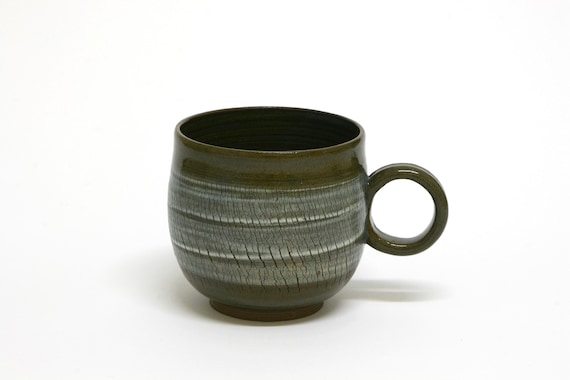
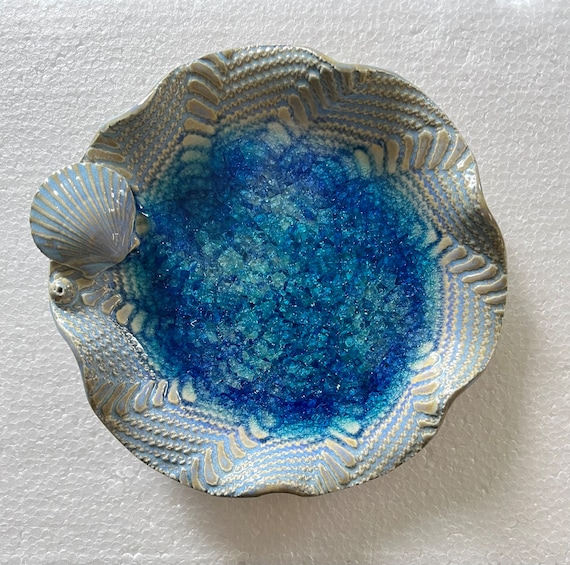
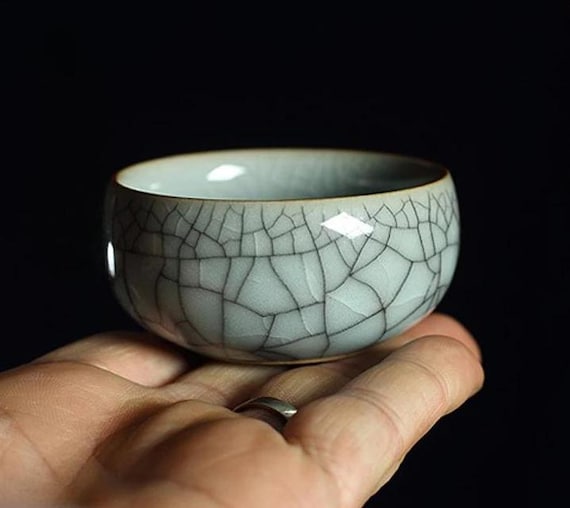

Understanding Food Safe Pottery and Glazes: A Complete Guide
Understanding Crackle Glaze and Its Aesthetic Appeal
Crackle glaze stands out as a time-honored technique in pottery that highlights both artistry and craftsmanship. This enchanting finish is achieved by deliberately introducing stress to the glaze as it cools, resulting in a beautiful, cracked pattern reminiscent of fine parchment or aged leather. Potters traditionally manipulate the temperature during the firing process, leading to various effects that enhance the character of each piece.
The Beauty of Crackle Glaze
There’s a certain charm in crackle glaze pottery that beckons collectors and newcomers alike. The unique patterns created are not just visually appealing; they evoke a sense of history and uniqueness with every piece telling its own story. The variations in color, from earthy browns to vibrant blues, combine with the natural cracks, drawing attention and appreciation. Here are some of the most appealing aspects:
Imagine displaying a striking piece in your home—such as the [Ocean-Inspired Trinket Dish in Blue]—that not only catches the eye but also incites conversation. The interplay of color and texture can transform a simple object into an art piece, enhancing your space’s aesthetic subtly and powerfully.
The Allure for Collectors
Collectors appreciate crackle glaze pottery not just for its beauty but also for its history. Many techniques have roots in ancient traditions, such as Chinese porcelain, and contemporary artists continue to explore and reinterpret these methods, often combining them with modern designs or glazes. This blend of old and new makes crackle glaze pottery a rich field for enthusiasts aiming to curate diverse collections.
As we dive deeper into the craftsmanship involved in creating crackle glaze pottery, it’s essential to understand not just the aesthetics but also the materials used to ensure that our beloved pieces can grace our tables safely.
Materials Used in Crackle Glaze Pottery
To truly appreciate crackle glaze pottery, one must delve into the fundamental materials that shape each piece. The safety and beauty of these ceramics hinge on the types of clay, glazes, and firing techniques employed during the crafting process. Understanding these components helps clarify any potential concerns related to food safety.
Clay Types
The foundation of any ceramic piece is its clay, and for crackle glaze pottery, the choice of clay is crucial. Common types of clay used include:
Glazes
Glazes are the colorful coatings that create that sought-after crackle effect, but not all glazes are safe for food use. Potters may use various glazing techniques, including:
Choosing the right glaze can enhance not only the aesthetic of crackle glaze pottery but also its utility. For artists and hobbyists, using a food-safe glaze ensures that their creations can serve dual purposes—art and functionality.
Firing Techniques
The firing process is essential in developing the crackle effect and ensuring the integrity of the pottery. There are two primary firing techniques:
Understanding the interplay of these materials offers a clearer perspective on the safety of crackle glaze pottery. Choosing high-quality clay, food-safe glazes, and proper firing techniques can mitigate risks, setting the stage for an exciting discussion on food safety regulations in our next section.
Food Safety Regulations and Standards for Pottery
When it comes to enjoying pottery safely, understanding the food safety regulations and standards that govern ceramic ware is crucial. These regulations are designed to ensure that materials used in food contact items do not pose health risks to consumers. In this section, we’ll explore the key regulations and testing protocols that apply to pottery, including crackle glaze pieces.
The Importance of Certification
Pottery intended for food use must frequently adhere to specific standards set forth by health and safety authorities. In many countries, these standards include guidelines for materials and processes. The most notable certifications to look for are:
Potters and manufacturers often seek these certifications through rigorous testing, giving consumers peace of mind about their purchases. An example of a food-safe piece is the Celadon Glazed Handmade Bowl by Kent Harris, which is crafted with certified materials ensuring safety while showcasing stunning artistry.
Testing for Food Safety
Potters can perform several tests to ensure their creations meet safety standards:
By focusing on these testing protocols, potters can affirm that their crackle glaze pottery is indeed food-safe, reassuring consumers of its utility.
Standards Related to Crackle Glaze Pottery
While crackle glaze adds a visually stunning element to pottery, it’s essential to note that the crackled finish can also pose challenges:
As you explore the intricacies of food safety regulations, it becomes clear that there’s more than just beauty in crackle glaze pottery. Understanding the underlying protocols not only enhances appreciation for these unique pieces but also assures safe consumption practices.
With a firm grasp of the regulations and the importance of testing, we can now delve into evaluating the safety of specific crackle glaze pieces as we approach our next section.
Evaluating the Safety of Crackle Glaze Pottery
Assessing the safety of crackle glaze pottery involves several key factors that contribute to its suitability for food use. While the enchanting appearance of these pieces is undoubtedly captivating, it is imperative to consider their construction, materials, and the application of the glaze.
Factors That Determine Safety
1. Application of the Glaze
The manner in which the crackle glaze is applied plays a significant role in safety. Some potters may create decorative cracks intentionally, but improper glaze application can lead to uneven surfaces that trap food particles and bacteria. Ensure that the glaze is applied evenly and properly fired to avoid these issues.
2. Firing Temperature
The temperature at which the pottery is fired affects both the durability and safety of the final piece. High firing temperatures typically lead to a denser and less porous final product, making it more suitable for food contact. Additionally, firing at the appropriate temperature ensures that any harmful materials in the glaze are rendered inert, minimizing leaching risks.
3. Type of Clay Used
The choice of clay significantly impacts food safety. Stoneware and porcelain are ideal options because they are less porous and typically fired at higher temperatures, rendering them more appropriate for food use. In contrast, earthenware may be attractive aesthetically but can absorb moisture and flavor, leading to unsanitary conditions over time.
How to Assess Your Pottery
When evaluating your own crackle glaze pottery for food safety, consider these practical guidelines:
By carefully evaluating these aspects, you can enjoy your crackle glaze pottery with confidence. Knowledge of what makes a piece food safe empowers you to make informed purchasing decisions, ensuring that your collection can be both functional and beautiful.
As we prepare to explore best practices for safely using crackle glaze pottery, remember that knowledge is your most valuable asset in the pursuit of artful enjoyment!
Best Practices for Using Crackle Glaze Pottery Safely
When it comes to using crackle glaze pottery for food, ensuring safety is key. While the beauty of these pieces might captivate you, proper handling and care are essential to maximize their utility and maintain food safety. Here are some best practices to consider for safely enjoying your crackle glaze pottery:
Proper Cleaning Methods
Crackle glaze pottery requires a gentle touch during cleaning. Here are some useful methods:
Care Instructions
To prolong the life of your crackle glaze pottery, follow these care tips:
Avoiding Potential Issues
Being aware of certain practices can help you avoid complications when serving food:
Food-Safe Serving
When preparing food, keep these considerations in mind:
By adopting these best practices, you can confidently enjoy your crackle glaze pottery while minimizing any potential risks associated with food use. Each piece not only tells a story through its unique design but, with proper care, can continue to bring joy into your home.
In approaching the essential practices for handling these beautiful items, let’s transition towards our conclusion, where we’ll summarize how to safely and enjoyably incorporate crackle glaze pottery into your life.
Conclusion: The Path to Safe Enjoyment of Crackle Glaze Pottery
In summary, while crackle glaze pottery undeniably captivates with its unique aesthetic, understanding the materials used and adhering to food safety regulations is crucial for ensuring its safe use in food contexts. By evaluating the safety of these pieces and being mindful of their composition, you can appreciate their beauty while enjoying your meals without concern.
Remember, informed choices empower you to safely incorporate crackle glaze pottery into your culinary life. So, the next time you admire a stunning crackle glaze creation, you’ll not only appreciate its artistry but also enjoy peace of mind in your dining experiences. Happy pottery collecting!

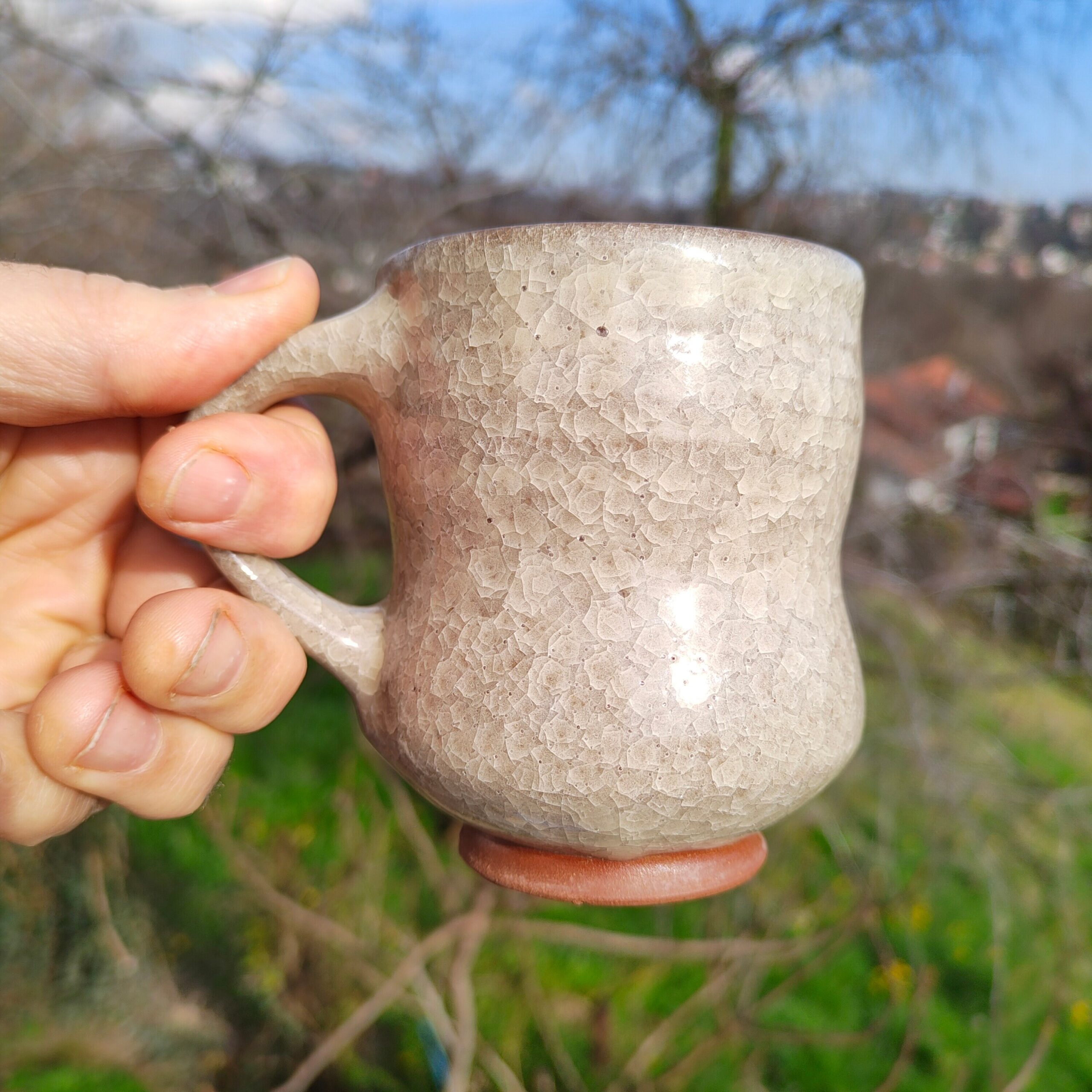


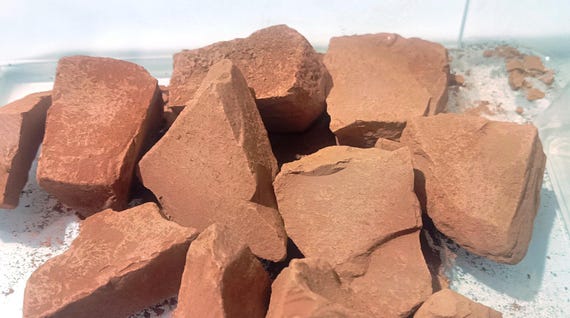
I read about food safety regulations, and it seems like a maze! Why is it so complicated when it comes to pottery? 🤦♀️
It’s definitely a nuanced topic! Different countries have varying standards.
Right? I just want my dishes to be pretty and safe at the same time!
Wow, I never really thought about the safety of crackle glaze pottery! 😮 I love the look of those handmade mugs on Etsy, but I always get a bit cautious with food safety. Can they really be safe to use for everyday meals?
Great question, Sarah! Most crackle glaze pottery is not inherently unsafe, but it’s essential to check if it’s labeled food-safe.
I think it really depends on the maker. Some artisans do ensure their glazes are food-safe, while others might not. Always ask!
I totally adore the ocean-inspired trinket dish! 🌊💙 But can it hold snacks? Like, could I put some chips in it for my beach party?
I wouldn’t risk it for chips! Maybe just use it for the vibe, and stick to regular bowls for snacks!
It depends on the glaze used! Make sure to check with the seller about food safety.
I’ve been using my crackle glaze bowl for salad, and I’ve had no issues. 🤔 But I’m worried now! Should I be checking more closely?
Always better to be safe than sorry, Clara! Maybe check the glaze type or reach out to the maker.
I think you’re fine as long as it’s labeled safe. Just avoid acidic foods!
I think the process of making crackle glaze is so interesting! But I never knew safety was a concern. Can we just seal it or something?
Yeah, sealing isn’t a substitute for proper glaze safety! Better safe than sorry!
Sealing can help, but it’s not a foolproof solution. Always check if it’s designed to be food safe.
The article’s conclusion made me feel better about using my crackle pieces. I’ve got a mug that’s gorgeous, but I was worried! 😅 Thanks for the info!
Glad to hear it helped, Kevin! Just make sure to verify it’s intended for food use.
Same! I feel more confident using my pieces now. Love the aesthetics!
Lol, I always thought crackle glaze was just for looks. Who knew it could be a safety concern? 🤷♂️ I just want a cool mug for my coffee!
That’s a common thought! Just look for items that specify they are food-safe.
Yeah, but hey, at least it makes our coffee look fancy while we figure it out!
I bought a celadon glazed bowl by Kent Harris, and it’s stunning! Just hoping it’s actually food-safe…
If it’s sold as food-safe, you should be good! Always check the product description.
I have a celadon piece too! It’s beautiful and I use it all the time!
I just love the artistic look of crackle glaze! Even if it’s just for display, it’s so much better than plain old pottery. 😍
Absolutely! They are definitely eye-catching pieces.
Totally! I have a trinket dish and it makes my shelf look so chic!
Can someone tell me what medium temperature ceramic glaze is? I can’t wrap my head around it. 🤔 Is it better for food safety?
Medium temperature glazes are generally safe, but always verify with the manufacturer.
It’s basically about the firing temperature! Higher temps usually mean more durability.